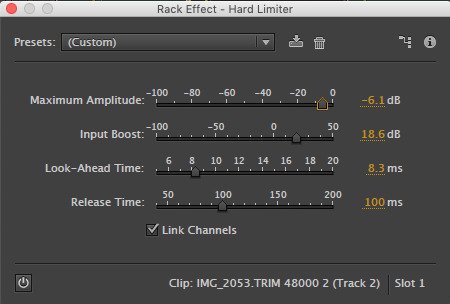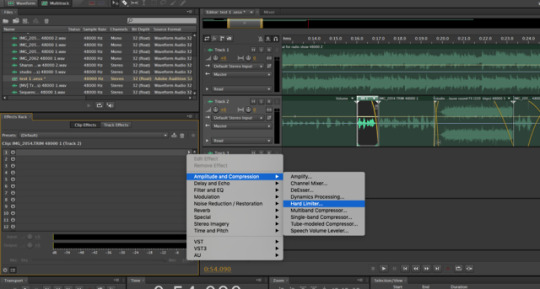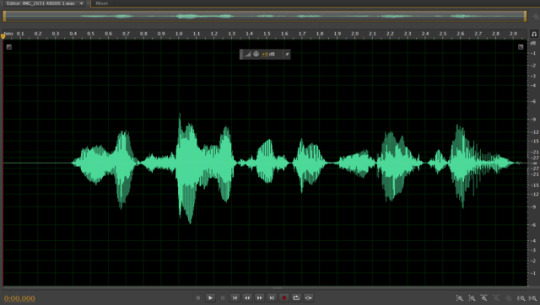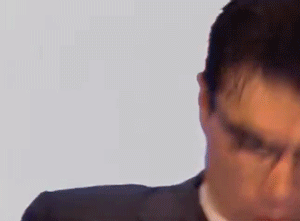Photo

Inner░Computer░Fire (ヘ尉ゝ by robness
E N T E R H E R E .
375 notes
·
View notes
Photo

// A message, Dear User: Please remember. Freedom isn’t free. //
189 notes
·
View notes
Text
History of British Radio
The science of radio
Michael Faraday was the individual who developed electromagnetic theories from 1831 to 1857. Additionally in 1864, James Clerk Maxwell predicted that radio waves exist. Furthermore , in 1887 Heinrich Hertz produced the first man-made radio waves using ‘Spark-Gap’ transmitter.
Nikola Tesla experimented with a diverse range of electromagnetic principles and this provided an insight towards the science of radio, this information allowed David Hughes to invent the microphone in 1880. Further on, in 1894 a technical device called the ‘Coherer’ was invented by Sir Oliver Lodge which was created to detect radio waves, a predecessor of the electronic valve method of detection.
The creation of radio
Guglielmo is often credited with the creation of radio in the early Twentieth Century, however his team of highly educated colleagues shouldn’t go unnoticed, in particular a Russian scientist named Alexander Stepanovich Popov.
October 1922 was the birth of British radio coming with the formation of the British Broadcasting Company. This includes General Electric and the Marconi Company, which had developed the first experimental radio station, 2MT. 2MT was an experimental radio station and was the first radio broadcasting to be initiated in the United Kingdom, in addition, this station was run by Guglielmo Marconi.
The origins of BBC Radio
The British Broadcasting was formed after having attempted to thwart Marconi’s attempts to create a public radio for some time. This was executed on 18 October 1922 by a group of wireless manufacturers including the famous individual Marconi. Daily broadcasting began in Marconi’s studio located in London, on 14 November. Moreover, John Charles Walsham became the General Manager of BBC on 14 December 1922.
By the mid 1920’s programmes from the BBC could be received by the majority of the population.
Originally the BBC oversaw a network of local, separate stations, which were connected to London by telephone links and ‘simultaneously broadcasting’. The focus of these broadcasts was very much on showcasing local talent. As the Company became a Corporation, the local stations were gradually replaced by the ‘Regional Scheme’.
The BBC came into use during the critical time upon the declaration of war. The British Prime Minister at the time, (Neville Chamberlain) announces on the BBC Home service that Britain is at war with Germany.
The BBC’s first broadcasting show was BBC radio 1, following with the introduction of three more stations. BBC home was first aired in 1939 which is now presently known as BBC radio 4. On the 29 July 1945 BBC light was first aired and it now branded as BBC radio 2. Concluding with BBC radio third being released on the 29 September 1946 which is now commonly known as BBC radio 3.
In the 1920s, when radio was introduced as the first electronic mass communications medium, it was unrivalled both in immediacy and audience figures. It could also claim to be the mass medium of the Second World War. For instance, BBC radio was listened to by over 70 per cent of the British population during Winston Churchill's audience appeals in 1941 and 1942 (cf. Tunstall 1983: 111).
Whilst today nobody would seriously question that radio is still the fastest medium able to almost instantly informing us about the latest developments on earth, no one would doubt either that, for the majority in Western countries, television has long replaced radio as the main source of news.
0 notes
Text
BBC radio 1 Drum and Bass Show with Rene LaVice
Firstly, looking at the website for this particular Radio 1 station, an image is already clearly visible at first glance from the home page. This images main focus is to entice it’s particular target audience to be encouraged to listen to this station. The mise en scene of this picture consists of a fairly muted palette with a considerably young male standing very casually in front of a graffiti wall. The semiotic associations of the graffiti wall has connotations of teenagers and people who have an artistic mind. Since the objective of BBC Radio 1 is to entertain and engage a broad range of young listeners across the UK, the mediation of using this particular image and cinematography aims at the target audience of the younger generation. Furthermore, it makes citizens placed in the older age bracket less influenced to listen to this show as this image doesn’t contribute positively in advertising the show if it was aimed at the older generation since they do not usually have associations with young DJ’s and graffiti. In addition, the specific use of cinematography for this image is extremely effective. This is because the picture has been edited on purpose to make the background appear somewhat blurry and the individual is completely in focus. This communicates with the audience in a way to make them automatically look at the individual when looking at this photo. The use of celebrity endorsement also comes in to place because if the particular member of audience has a very in depth knowledge of music producers and DJs they may immediately recognise Rene LaVice from the image since he is very popular and well known in this field of music, making these members of audience more encouraged to listen to his radio show. Additionally, since he is positioned in the central third of the image this also contributes positively to him immediately grabbing the attention from the audience.

Regarding the introduction to the radio station, several sounds and audio clips overlap each other at the beginning for dramatic effect, resembling sounds in an electronic song which people into drum and bass would enjoy, therefore setting the mood and the subject matter of the show. The dialogue says, “Your essential guide to the world of drum and bass”, which automatically limits the target audience to people who are interested and enjoy drum and bass, this phrase is also sensationalist as it provokes the public making them believe thi is the best radio drum and bass show for them to listen to. The dialogue at the start is very dramatised, as he is almost shouting when introducing Rene Lavice. Additionally, suspenseful music is played in the background to increase this gripping effect. This has the initial response of also hyping up the audience. However, once Rene Lavice begins to speak the music suddenly changes, to a calm yet upbeat tune.
Due to the fact that the radio show is so accessible online it allows people to comment and share stories on social media’s (web 2.0), rather than these stories disappearing after the broadcast - Shirky’s ‘end of audience’ theory follows this ideal that the audience can become the producer and comment on the radio music show, therefore contribute towards it and share their opinions of it.
0 notes








